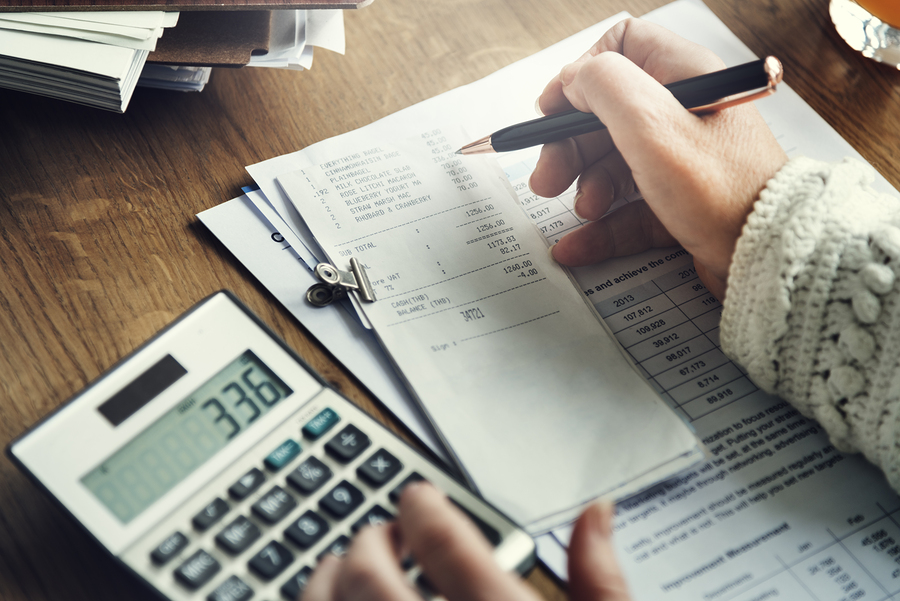
The impact of taxing stock exchange transactions: comment on new decisions
News
The Parliament officially approved the stamp tax on stock exchange transactions at 1.5 per thousand of the value of trading, after reviewing the report of the Joint Committee of the Plan and Budget Committee and the Bureau of the Economic Affairs Committee on a draft law submitted by the government to amend some of the provisions of the stamp tax law issued by Law No. 111 of 1980, and to approve it as a whole, with a final approval due in a later session.
Comment
This decision is a good step to ease the pressure on investors and prevent the increase in the cost of trading on the stock exchange, as the Egyptian stock market has been witnessing very weak volumes of trading and hence liquidity recently.
There is a lack of clarity regarding the Egyptian Stock Exchange tax file. This is clearly reflected in the change in the type and volume of the tax imposed more than once recently, which creates uncertainty among investors. So, the picture must be clear before the capital gains taxes come into effect in May 2020, in terms of:
- Will the Stamp Tax Law be amended and merged with the Capital Gains Tax Law as pointed out by a number of Stock Exchange and Parliament officials? Is this the best option for the market at the moment? Are the technical mechanisms required available to calculate and apply the tax in this case?
- Will the stamp duty be imposed on profits only and not on all transactions with a maximum limit of not more than 10 percent to have an effect similar to capital gains tax? Is this consistent with the rules of competition and tax justice? The profit tax rate for non-listed companies is 22.5 percent.
- Has the optimal tax rate been studied from a cost-benefit perspective? Has the elasticity of the tax proceeds and trading rates been calculated as well as their sensitivity to changing the tax rate? What is the maximum tax that can currently be absorbed by the Egyptian market so that it does not affect the activity of the stock exchange and trading volumes on the one hand and the tax revenue on the other?
The tax file is one of the factors that should be addressed so that the stock exchange can regain its investment appetite. The weak performance of the stock market recently reflects a number of fundamental problems facing the Egyptian economy, which negatively affect investment rates, including: Lack of availability and high prices of land, high interest rates, government’s crowding out of the private sector from banking sector credit market, the absence of trained technical personnel, the high prices of energy for the industrial sector making it uncompetitive, local government corruption and tax and customs distortions.
Accordingly:
- Improving the performance of the Egyptian Stock Exchange is a joint responsibility of all stakeholders, including the exchange itself, clearing houses, ministries, control bodies and civil society.
- The need to solve problems of investment in Egypt and adopt incentives to increase the companies listed on the stock exchange, and reconsider the management of investment funds to attract the investments of small investors who opted to invest in real estate because there are no other alternatives.
- The need for necessary regulatory and legislative reforms and the creation of new investment tools to diversify the investment options for all categories of investors and attract more local and foreign investments and develop flexible trading rules and tools that allow the entry and exit of the investor from the field at any time.
- Improving the perception of the stock exchange, which requires effective communication to attract new segments of investors, especially young people, for gradual long-term savings.
- The need to render sustainable development projects, which are usually in need of government investments, into projects aimed at community development financed through financial markets.
Worth of Note:
- The daily turnover of the stock exchange dropped from $400 million in 2000 to only about $20 million currently, and the number of listed companies dropped from 1071 in 2000 to only 251 in 2018. The market capitalization of listed companies declined as a percentage of GDP from 106 percent in 2007 to only 19 percent in 2018, which is very low compared to Arab and foreign countries. The market value of listed companies on the Saudi Stock Exchange is 66 percent of GDP, 77 percent of Kuwait’s GDP and 337 percent of the South African Stock Exchange. 2. The Egyptian Stock Exchange went through two phases of recovery, the first from 1993 to 1997, where it witnessed economic changes and ended with the placement of 75 percent of the state-owned Nasr City Co., which contributed to a flow of investors to the Egyptian Stock Exchange. The second phase was from 2005 to 2008, where there was a ministerial group with a bright vision for Egypt, but the recovery ended with a number of economic decisions, followed by the global financial crisis that completely stopped it.
- The Egyptian Stock Exchange went through two phases of recovery, the first from 1993 to 1997, where it witnessed economic changes and ended with the placement of 75 percent of the state-owned Nasr City Co., which contributed to a flow of investors to the Egyptian Stock Exchange. The second phase was from 2005 to 2008, where there was a ministerial group with a bright vision for Egypt, but the recovery ended with a number of economic decisions, followed by the global financial crisis that completely stopped it.
